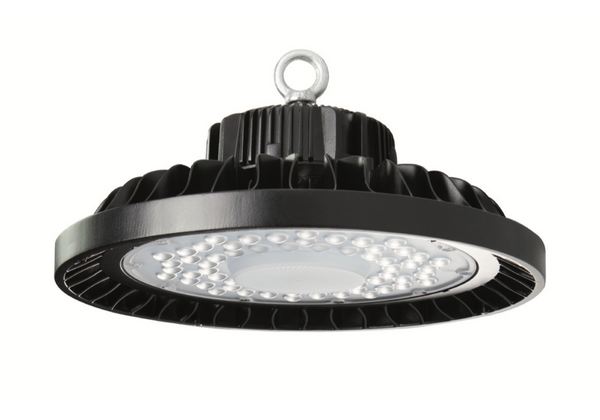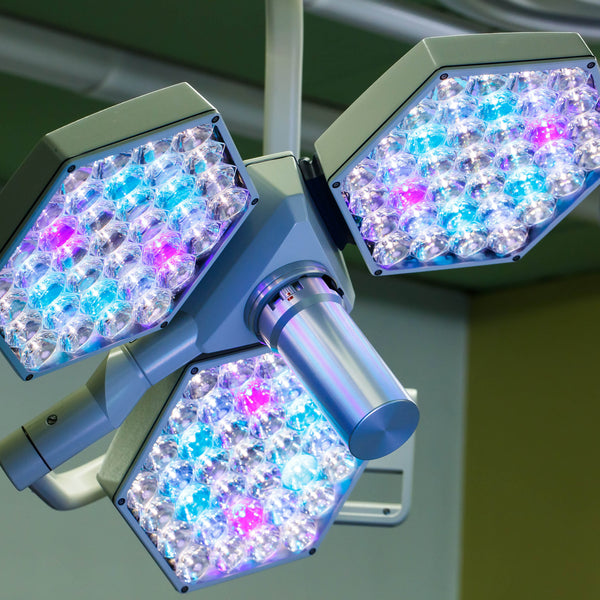How LED Lighting Affects our Mood.

Did you know that light can have a major impact on your mood? You probably experience the phenomenon yourself. Think how much happier you feel on sunny days than you do on gloomy, overcast ones. All those bright, golden rays are working wonders for your disposition.
Ample evidence suggests that indoor lighting has a similar impact on our moods. LED lighting is uniquely suited to uses in the burgeoning field of human-centric design because of the high level of control that these systems offer to operators. LED lighting systems can be configured with rapid on-off switching and many different lighting wavelengths, colors, and lighting temperatures that can be combined and controlled with pinpoint accuracy to create an almost infinite variety of lighting configurations. The control systems for LED lighting provide maximum flexibility with easy and efficient setup or reconfiguration when needed.
One specific example of the advantages of LED lighting in this field is in its use to generate lighting wavelengths that can increase awareness and productivity. Scientists who study biofeedback have long known that human eyes are particularly susceptible to blue light. This knowledge has led to recommendations that individuals who have trouble falling asleep should avoid light sources that might be high in blue light, including smartphones and computer tablets.
Light sources that are high in blue light will suppress an individual’s melatonin production, a hormone that facilitates sleep. So to help individuals wake up from a period of sleep, LED lighting can be configured to increase blue light wavelengths. Conversely, when individuals are trying to get to sleep, LED sources that have relatively lower blue light wavelengths will help to create a more relaxing environment conducive to natural circadian rhythms. NASA scientists have relied on this light- and sleep-interaction to change ambient lighting on missions in order to help astronauts get better sleep in space.
Healthcare researchers are also using LED lighting systems to treat depression and other psychological disorders. In addition to suppressing the sleep-inducing melatonin hormone, certain light wavelengths can increase an individual’s serotonin levels. Pharmaceutical treatments for depression typically include a form of selective serotonin uptake reinhibitors (“SSRI’s”), which combat depression by preventing an individual’s body from metabolizing seratonin. At least one study has concluded that exposing individuals who suffer from depression to certain light sources is as effective in maintaining and improving serotonin levels as those prescription medications, which is a big revelation in the mental health field where pharmaceutical medication has been the go-to solution for years.
LED lighting engineers are on the cutting edge of producing lighting systems that directly improve an individual’s mood and health, which goes beyond the more traditional role of lighting that sought only to set the mood of a whole room. A simple retrofit of your existing lighting infrastructure with specification grade, high-performance LED luminaires can change your performance environment even today.



